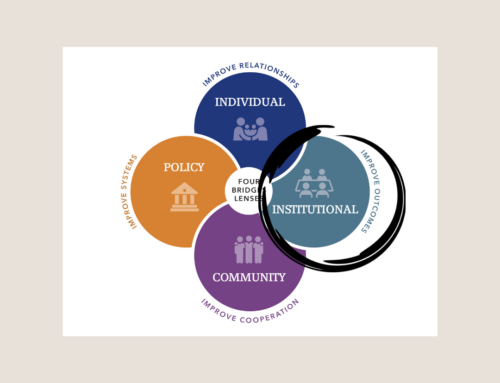 Employers are constantly looking for ways to increase productivity and motivation while improving the bottom line. Recently, I’ve read two books on how investing in your workforce creates employer stability.
Employers are constantly looking for ways to increase productivity and motivation while improving the bottom line. Recently, I’ve read two books on how investing in your workforce creates employer stability.
The first book is The Good Jobs Strategy by Zeynep Ton. Ton’s research shows how operational excellence means sustainable wages, employee benefits, and non-erratic schedules. Ton supports that you can pay a livable way with benefits and still keep costs and prices low, referencing a handful of companies that have chosen to make employees a top priority and are recognizing lower costs, higher profits, and greater customer satisfaction.
The second book is Profit at the Bottom of the Ladder: Creating Value by Investing in Your Workforce, by Jody Heymann. Heymann also demonstrates through various business examples that if you invest in your entry-level, lower wage employees, you will recognize lower costs, increased profits, less turnover and higher motivation.
Additionally, by understanding the environments of employees who live in both daily instability and daily stability, you can better support your employees, which in turn supports and stabilizes your business.
What can a typical day look like when you live in daily instability? It might be multiple jobs (not careers), transportation issues, providing for other children, proving elder care, working irregular hours, appointments with agencies that support families with food, utilities, housing, physical and mental health, or safety. With just this, do you have a better understanding of why life might get in the way of work? The question then becomes, what support can a business provide that stabilizes the employee while stabilizing the company? How can we do business differently to get the desired results we are looking for?
Finding ways to stabilize and leverage your diverse workforce can be a major competitive advantage. While other businesses stay on the hire/fire treadmill, you can reach profits and boost productivity by redesigning the way you do business. Based on our changing demographics and the employees that are available for hiring, it is in our best interest to invest in our workforce, particularly our entry-level, low wage employees. This investment will stabilize your employee base, reduce hiring and training costs, improve morale/retention and increase profits.








